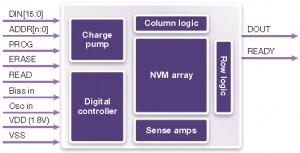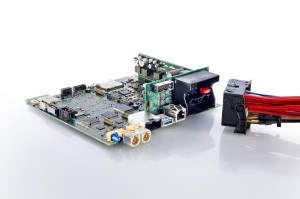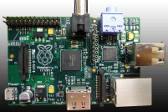 NLT Technologies has developed a tactile touch screen technology, which it says uses electric vibrations to reproduce skin sensations as if they are tracing actual objects on the display.
NLT Technologies has developed a tactile touch screen technology, which it says uses electric vibrations to reproduce skin sensations as if they are tracing actual objects on the display.
“The display provides texture via skin sensation when the user traces the surface of the display where the image is shown. If multiple fingers touch the display at the same time, the digits on the area where the image is shown can feel the appropriate texture, but the digits on the area without the image will not feel the texture.”
The NLT tactile touch technology provides regional stimulation, which is provided by electrostatic force. The electrostatic force is generated by the beat phenomenon in a region where excited X electrodes cross excited Y electrodes, which presents tactile sensation to the users. The tactile touch technology applied to the panel provides multi-finger interaction.
The display arranges multiple electrodes horizontally (X) and vertically (Y) on the glass panel and applies voltage with different frequencies to each X and Y electrode located on the image area. Electrostatic force corresponding to the difference in the frequencies occurs at the electrodes’ cross point.
When user traces on the surface, friction variation, modulated by the electrostatic force, occurs. The display uses this friction variation to provide the tactile sensation. The friction variation does not occur at the areas without images, so it is possible to localize the region to be stimulated and achieve the multi-finger function. This tactile technology with the matrix electrodes arrangement consists of a relatively small number of electrodes, enabling the display to be higher in density and larger in size.
NLT Technologies will sell the tactile LCDs through its sales and marketing channel in Europe, Renesas Electronics.








